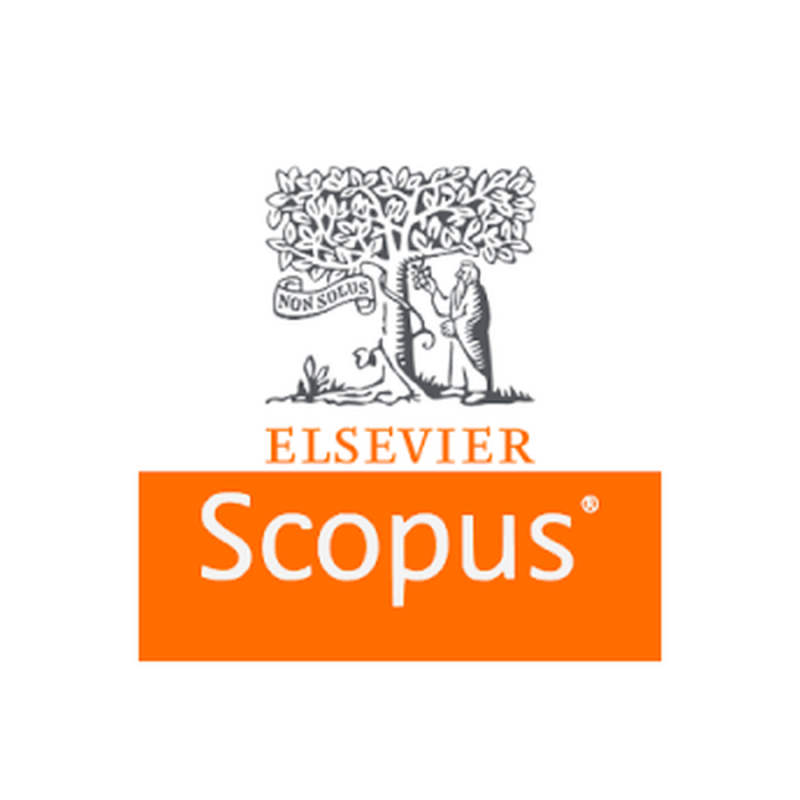Assessment of Avroman Limestone Formation for Portland Cement Industry, Halabja Area, Kurdistan Region, NE-Iraq
Abstract
Limestone is the main constituent of the raw materials used in manufacturing cement. In this study, the limestone deposits from the Avroman Formation are evaluated by using chemically and mineralogical techniques for their suitability to be used as a raw material for the cement industry.
Twenty-one samples of limestone are collected from different beds of the Avroman Formation for petrographic study which shows that the limestone samples consist mainly of crystalline calcite. Physical and mechanical tests are performed in addition to the mineralogical and geochemical analysis using x-ray diffraction (XRD), x-ray fluorescence (XRF). Geological review and obtained results show that there is a good potential for industrial-grade limestone. The major clay minerals in the clay samples are chlorite, illite, montmorillonite, were as kaolinite appears as minor clay minerals. The geochemical analysis indicates that the limestone of Avroman formation has a wide range of CaO (46.13-56.00), Al2O3 (0.01-0.86), SiO2 (0.00-1.51), Fe2O3 (0.00-1.25), MgO (0.24-0.71), K2O, Na2O, TiO2, and MnO are traces. The physical properties (water absorption and moisture content) and chemical-mineralogical composition of the formation reflect that the dry process is preferable for the production of Portland cement. Mechanical analyses, especially compressive strength show that the quarrying and crushing will be competitive economically during manufacturing. From the results of the analyses, we conclude that the limestone of the formation and clay material of the study area are of good quality and fulfill the international standards of Portland cement.



